Body Dysmorphia vs. Anorexia: What’s the Difference and How Do You Cope?
Why We Need to Talk About This
In a world where “feeling fat” has become a normalized way to describe discomfort, and body comparison is just a scroll away, it’s no wonder that so many people quietly carry deep shame about how they look. But there’s a huge difference between disliking your appearance sometimes and living with body dysmorphia or an eating disorder like anorexia. Still, these struggles are often misunderstood, confused, or conflated.
This article explores the nuanced—but important—distinctions between body dysmorphia and anorexia, and why understanding the difference can be the first step toward healing. Whether you’re questioning your own patterns or trying to support someone you care about, this guide is here to provide psychoeducation, clarity, and therapist-approved ways to cope.
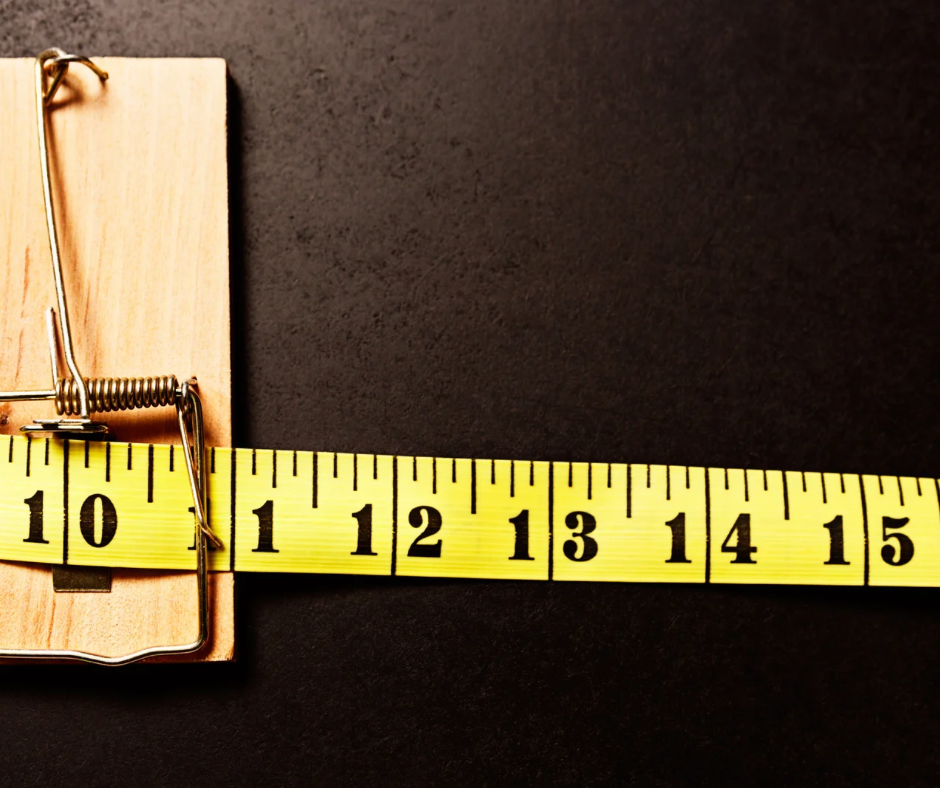
The Overlap: What Body Dysmorphia and Anorexia Share
Both body dysmorphia and anorexia nervosa involve distorted body image and a persistent preoccupation with appearance. People living with either condition may:
- Spend excessive time checking or avoiding mirrors
- Experience high levels of anxiety or distress related to how they look
- Engage in repetitive behaviours aimed at “fixing” or controlling their appearance
- Feel intense shame and isolation
Because these struggles are internal and often hidden behind “functioning” exteriors, they can be hard to spot—and even harder to name.
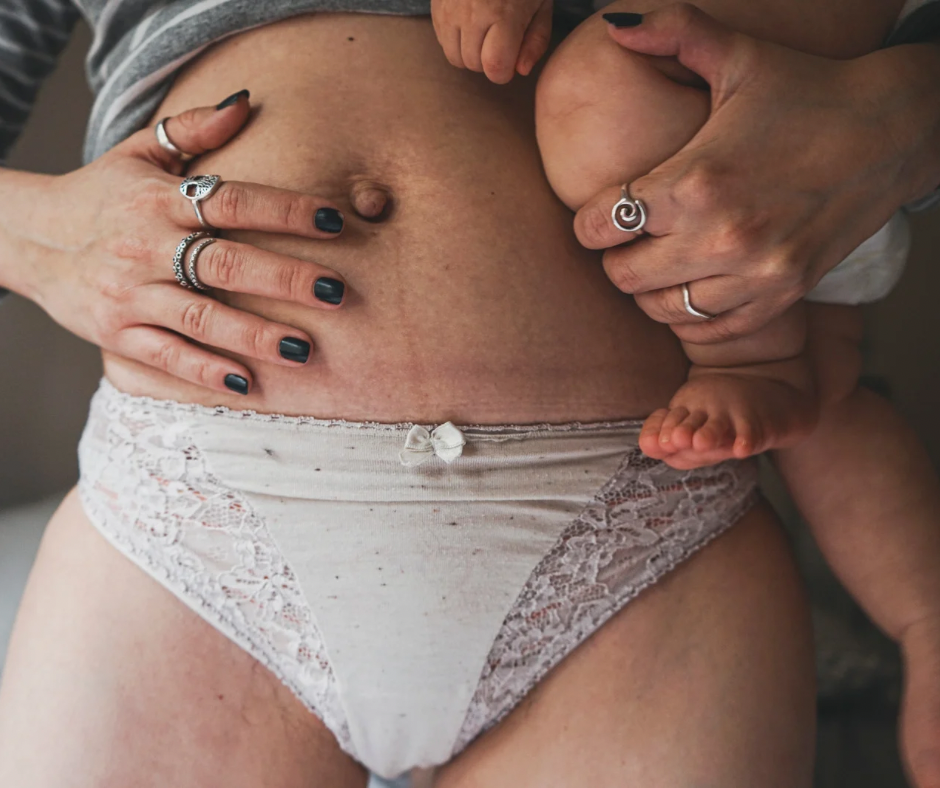
Key Differences Between Body Dysmorphia and Anorexia
Let’s break it down:
1. Focus of Distress
- Body Dysmorphic Disorder (BDD): The concern is often with a specific body part (e.g. nose, skin, hair, jawline). The person may be at a “normal” or even low weight but be hyperfocused on perceived flaws that others barely notice.
- Anorexia Nervosa: The focus is on weight, size, and body fat. The fear of gaining weight or being “too big” is central, and it drives food restriction, overexercising, or purging.
2. Behavioural Patterns
- BDD: May involve compulsive mirror checking, grooming, or comparing. Eating habits may not be disturbed.
- Anorexia: Food restriction is core. There’s often a ritualistic relationship with food, exercise, and control.
3. Self-Worth
- BDD: Self-esteem is tied to the flaw or defect. If the flaw were “fixed,” they might feel relief.
- Anorexia: Worth is based on thinness, control, and self-discipline. Losing weight becomes proof of being “good” or successful.
Why the Difference Matters
Mislabeling or misunderstanding these struggles can prevent people from getting the right kind of help. Someone with BDD might not relate to eating disorder recovery resources if food isn’t their primary concern. Meanwhile, a person with anorexia might minimize their distress by saying they just have “body image issues.”
Understanding the underlying drivers—whether they’re about fear of fatness or fixation on one’s nose—helps us respond with more tailored care, more compassion, and less shame.
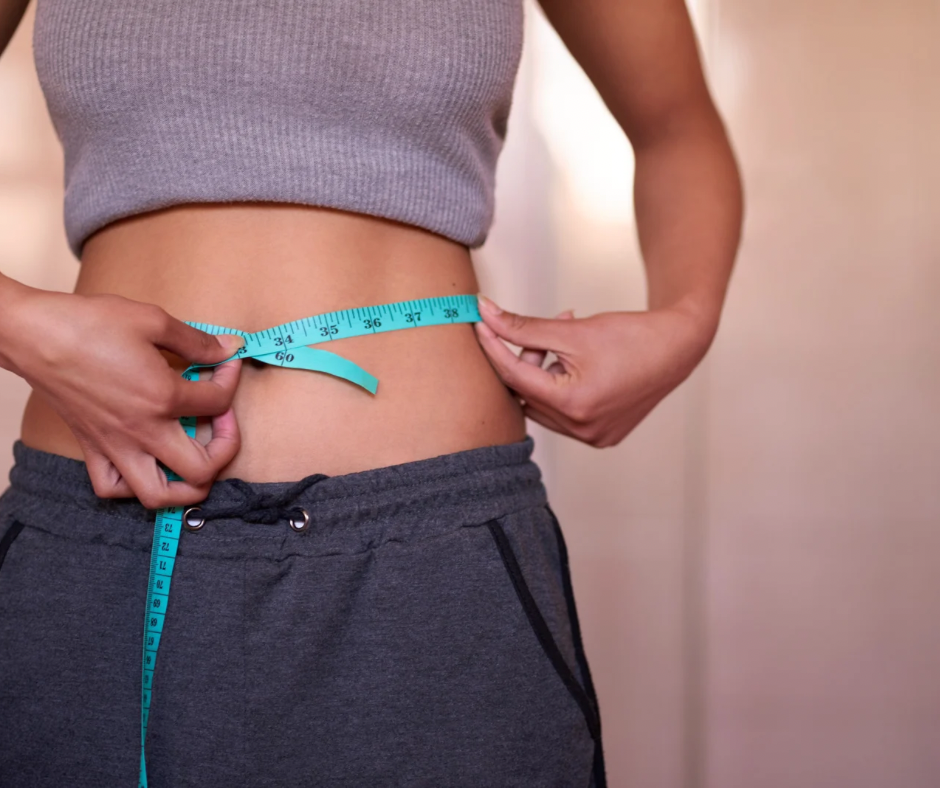
Therapist-Approved Tips to Cope With Body Image Struggles
Whether you identify more with body dysmorphia, anorexia, or something in between, the following strategies can support emotional regulation and healthier self-connection:
1. Name the Narrative You’re Caught In
When body image thoughts take over, it’s usually not just about appearance—it’s a story your brain is telling you. Maybe it’s a fear of not being enough, of being rejected, or of losing control. By identifying the underlying belief, you can begin to loosen its grip. Many people carry an unconscious loop like, “If I looked different, I’d finally be happy.” Naming this narrative helps shift it from an invisible force to something you can respond to. You don’t have to believe every thought your brain throws at you.
- Try writing down the exact sentence your brain says about your body
- Ask yourself: “Where did I first learn to think this way?”
- Label the thought as a “mental story,” not a fact
- Practice responding to the thought like you would to a friend in pain
- Say aloud: “This is a thought, not a truth” to create distance

2. Interrupt Body Checking Rituals
Body checking can feel compulsive—staring in the mirror, pinching your skin, weighing yourself, or analyzing photos. These habits might offer temporary relief but often increase anxiety and reinforce distorted body beliefs. Instead of trying to “feel okay” by checking, work on sitting with discomfort and tolerating not knowing. Over time, this reduces the compulsive urge. It’s not about control—it’s about trust and re-regulating your nervous system.
- Cover mirrors or reduce time spent in front of them (e.g., 1-minute limit)
- Keep a log of how often you check and how you feel afterward
- Use sensory grounding when the urge hits (cold water, textured objects)
- Replace mirror time with a short affirming ritual (e.g., moisturizer with self-kindness)
- Tell yourself: “Checking won’t fix how I feel, but I can still care for myself”
3. Recognize Comparison as a Trauma Response
Comparison is often a survival instinct. If you grew up feeling unsafe, overlooked, or criticized, you may have learned to scan others for clues about your worth. Social media has made this reflex constant. But you don’t need to win at “being enough.” You are allowed to opt out of the comparison economy entirely.
- Curate your social media feed to reduce triggering content
- Ask: “What am I needing in this moment that comparison is trying to meet?”
- Practice self-compassion in the form of journaling or body gratitude
- Avoid body-centric conversations or compliments with friends
- Use the phrase: “Their beauty is not a threat to mine” as a gentle reminder
4. Distinguish Between Body Dysmorphia and Body Dissatisfaction
Not every moment of low confidence is body dysmorphia. BDD is marked by persistent, obsessive focus on perceived flaws—often in a way others don’t notice. It interferes with daily life and causes significant distress. Body dissatisfaction, while painful, is more common and less impairing. Knowing the difference can help you decide whether to seek clinical support.
- Keep track of how long and how often you think about the same body area
- Ask: “Is this interfering with my ability to go outside, socialize, or work?”
- Look at how distressing the thoughts are from 1–10
- Get assessed by a mental health professional if unsure
- Practice naming the experience: “I’m feeling dysmorphic today” to externalize it

5. Connect With the Function of the Symptom
Instead of just trying to “get rid” of the distress, ask yourself: What is this behavior doing for me? Restricting food might be giving you a false sense of control. Fixating on a flaw might be a way to avoid deeper emotional pain. These symptoms aren’t random—they’re trying to help you cope in the only way they know how.
- Journal: “What does this behavior protect me from feeling?”
- Name your symptom as a protective part (IFS-style language)
- Talk to the part: “Thank you for trying to help, but I’m safe now”
- Find new coping behaviors that meet the same need
- Replace shame with curiosity: “This makes sense, even if it hurts me”
6. Build a Body Neutrality Practice
You don’t have to love your body to stop punishing it. Body neutrality focuses on what your body does for you rather than how it looks. It reduces emotional extremes and gives you space to exist in your body without judgment. Over time, this quiets the inner critic.
- Try saying: “This is my body today, and I can still care for it”
- Focus on functionality: walking, breathing, laughing
- Take photos doing things you enjoy, not just posed shots
- Wear clothes that fit now and allow movement and breath
- Avoid body talk with others—pivot to how you feel instead
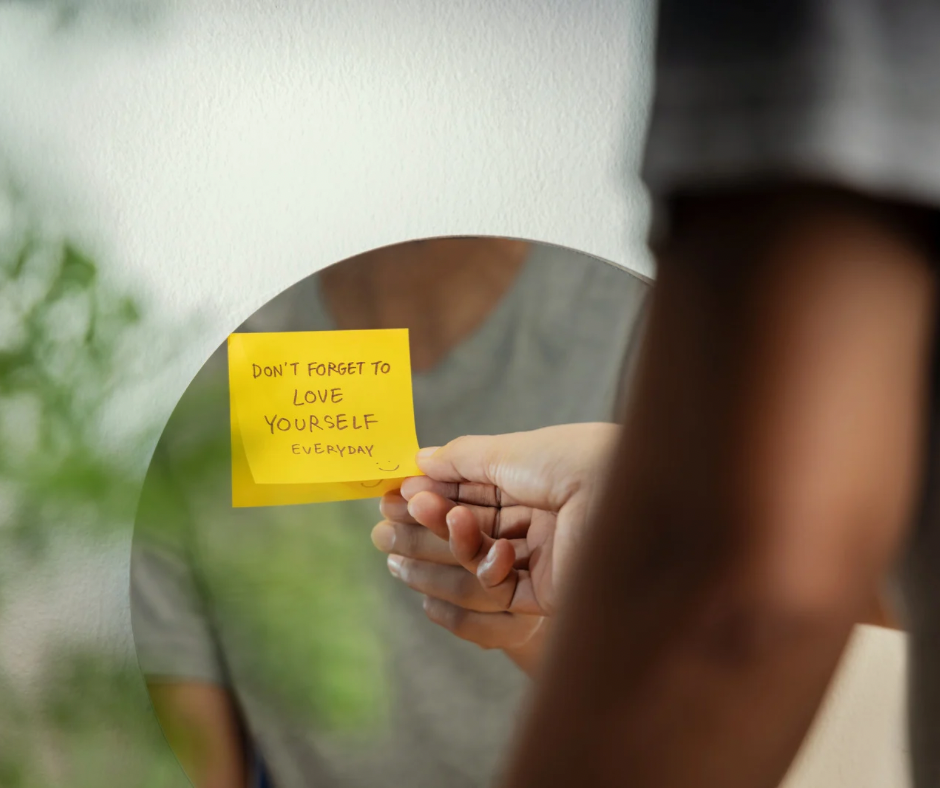
7. Name the Shame to Loosen Its Grip
Shame is often the engine behind disordered eating and dysmorphia. It tells you that you are bad, broken, or disgusting. When shame stays unnamed, it grows in silence. Speaking it aloud—whether in therapy, journaling, or with a trusted person—breaks the cycle. Remember: the body you’re ashamed of is carrying trauma, not failure.
- Write a letter to your younger self who first felt body shame
- Say aloud: “There is nothing shameful about having a human body”
- Explore your cultural or family messages around shame and appearance
- Replace shame statements with curiosity (“Why do I believe this?”)
- Imagine your body as a child needing care, not correction

8. Make Food Emotionally Safe Again
When food becomes a threat, meals stop being nourishment and start being battlegrounds. Reclaiming food as emotionally neutral or even pleasurable can be powerful. Start by tuning into hunger and fullness—not to control intake, but to reconnect with your body’s wisdom. No food is inherently “good” or “bad”—morality doesn’t belong on your plate.
- Practice intuitive eating basics with support if needed
- Unfollow diet culture influencers and “wellness” accounts
- Use mindful eating: chew slowly, notice flavors and textures
- Journal: “What emotion do I associate with this food?”
- Give yourself full permission to eat without earning it
9. Track Triggers Without Judging Them
You don’t have to fix everything at once. Start by noticing what triggers your dysmorphia or disordered patterns. Is it a certain mirror? A certain person? A time of day? Naming your triggers gives you insight and the power to respond instead of react.
- Create a “trigger log” where you note time, place, emotion
- Practice grounding before and after known triggers
- Gently avoid or adjust environments that overwhelm you
- Work with a therapist to develop exposure or reprocessing strategies
- Celebrate small wins: “I noticed the pattern—that matters.”
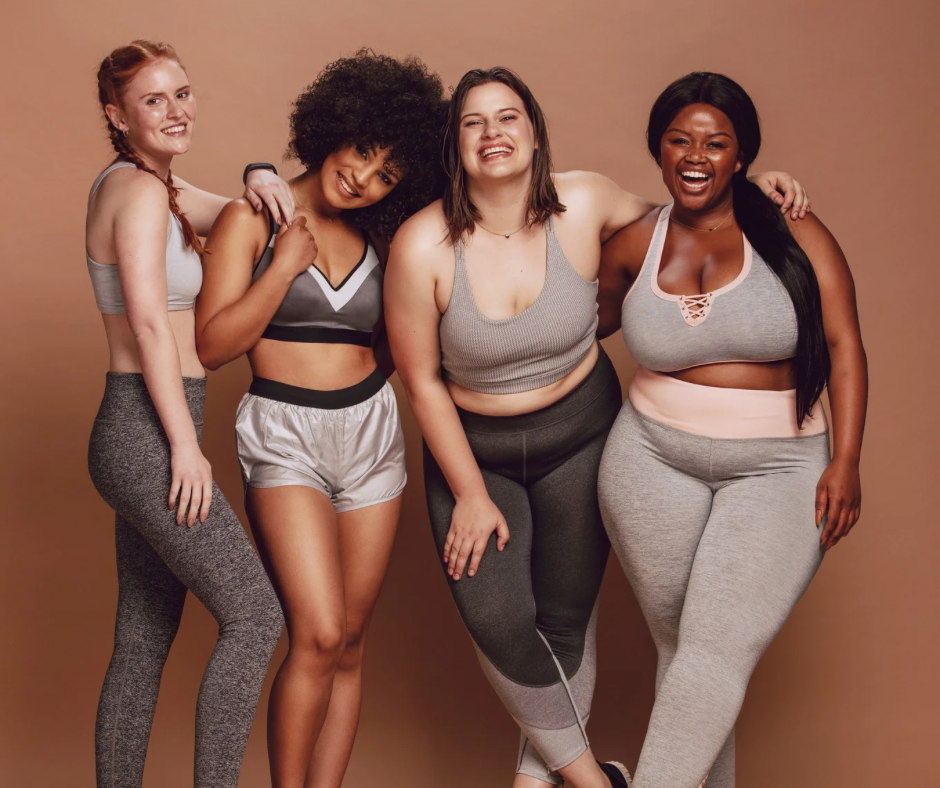
10. Rebuild Interoception Through Movement
Interoception is your ability to sense your body’s internal signals—like hunger, fatigue, or calm. Trauma and body image issues often numb this connection. Gentle movement practices like yoga, stretching, or dance can help you reattune without judgment. This is about sensing—not sculpting.
- Try a 5-minute body scan before bed
- Do slow stretching while breathing deeply
- Move without mirrors—focus on sensation, not shape
- Use music to guide embodied movement
- Ask yourself after: “What did I feel, physically or emotionally?”
11. Practice “Opposite Action” When the Urge to Isolate Hits
When you’re feeling bad about your body, the impulse to hide or cancel plans might feel overwhelming. While understandable, isolation often reinforces the shame and anxiety. Practicing opposite action—doing the opposite of what shame tells you—helps rewire the emotional response. You don’t need to perform confidence, just show up.
- Text a friend and name your hesitation: “I’m having a bad body day”
- Wear something loose and cozy, not necessarily stylish
- Choose safe, low-pressure environments to ease in
- Schedule a brief outing, not a full-day commitment
- Remind yourself: connection, not perfection, is what heals
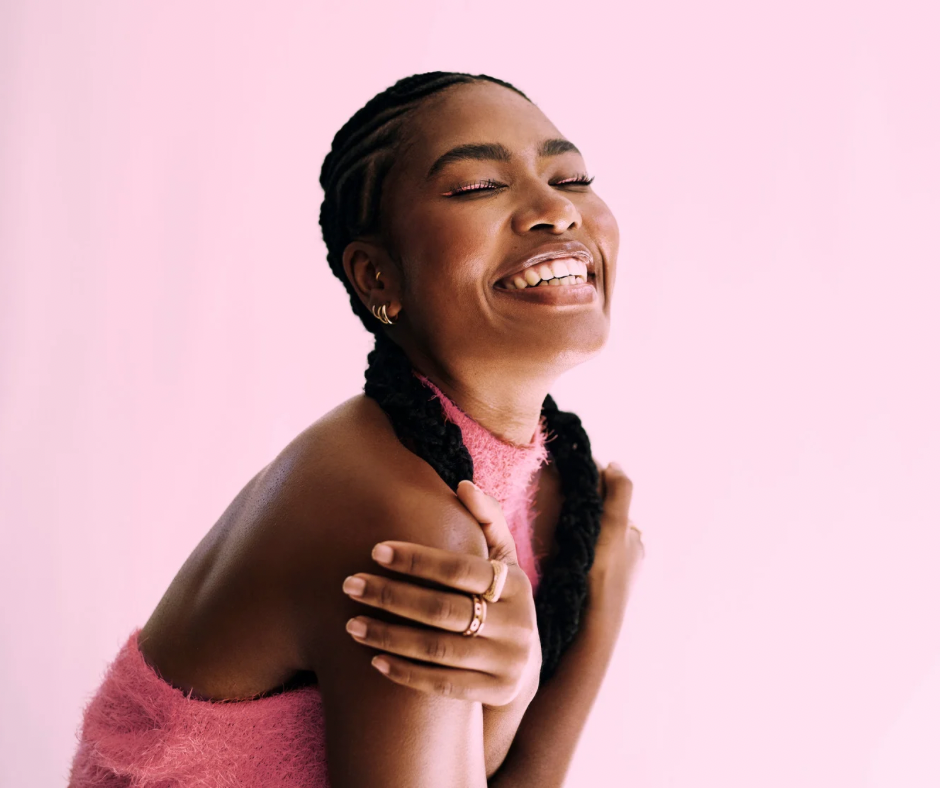
12. Remember That Healing Isn’t Linear
You might feel okay for weeks, then suddenly spiral. That doesn’t mean you’ve failed—it means you’re human. Healing body image issues requires repetition, grace, and safety. Progress looks like how you respond to hard days, not whether they happen. It’s okay to need reminders and resets.
- Keep a “toolkit” list of what helps you on bad days
- Save supportive notes or screenshots to revisit
- Notice and celebrate any reduction in intensity, not just frequency
- Let yourself rest when body image fatigue hits
- Avoid perfectionist healing goals—progress is messy
13. Be Curious About What Your Body Holds
Your body stores memory, pain, and unmet needs. When you feel disgust or disconnect, ask yourself: “What does my body remember that my mind doesn’t want to?” This trauma-informed lens invites compassion instead of judgment. You are not broken—you’re carrying a story.
- Try somatic journaling: “If my body could speak, what would it say?”
- Place a hand on the area that feels hardest to love and breathe into it
- Name the emotion underneath body distress (e.g., grief, fear)
- Use EMDR, somatic therapy, or trauma work for deeper support
- Visualize your body as a younger part needing attention

14. Decolonize and Deconstruct Beauty Standards
Many body struggles are rooted in white, Western, able-bodied ideals that don’t reflect most people’s lived experience. Recognizing the cultural roots of body image pain helps shift blame from you to the system. Your body was never the problem—the standard was.
- Follow creators who celebrate diverse, realistic bodies
- Learn about body liberation and fat activism movements
- Journal: “Who benefits from me hating my body?”
- Unpack internalized racism, sexism, ableism, or ageism
- Practice seeing beauty in honesty instead of conformity
15. Reach Out—Even If You Don’t Know What to Say
Isolation feeds both dysmorphia and disordered eating. Speaking up, even imperfectly, interrupts the spiral. You don’t need to have the right words. You just need to start. Therapists, friends, support groups, and community spaces are places where you don’t have to carry it all alone.
- Text: “Can I talk to you about something hard?”
- Find an ED-informed therapist, especially one trauma-trained
- Look for body image or BDD support groups (online or in person)
- Use voice notes to speak freely when texting feels hard
- Let someone sit with you in silence—you don’t have to perform
Not All Body Struggles Are the Same
It’s tempting to throw every body-based concern under the same umbrella, but the truth is: body dysmorphia, anorexia, and general body dissatisfaction are all distinct experiences. And they deserve distinct care. Your struggle is valid whether you fit a textbook diagnosis or not.
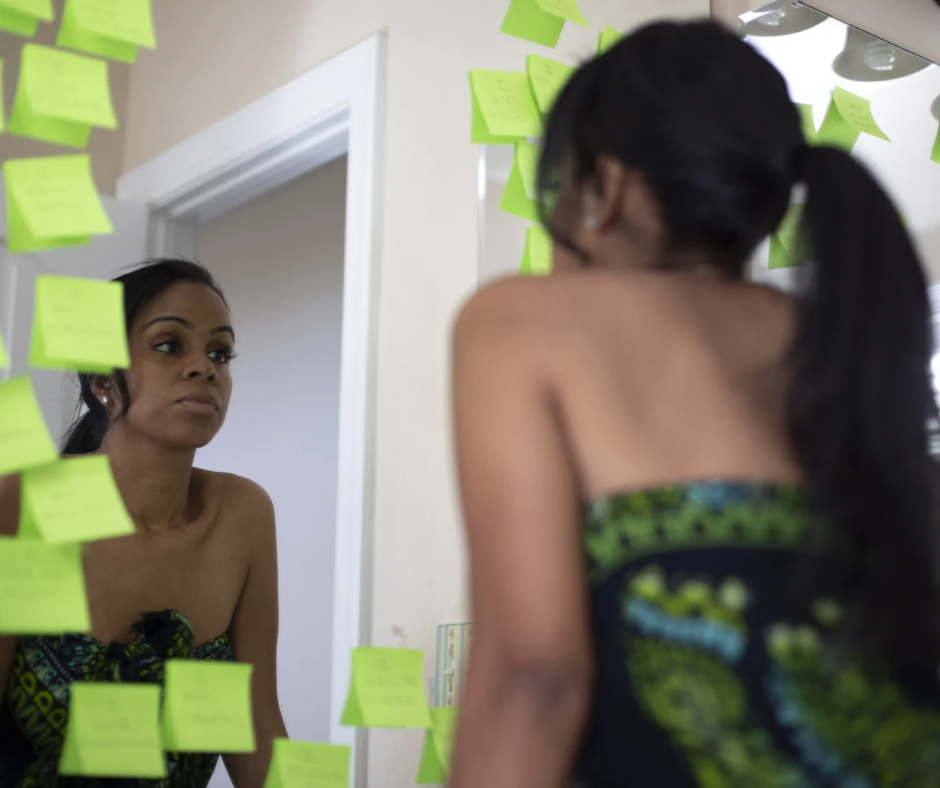
At KMA Therapy, we believe body image work is about coming home to yourself, not changing yourself to fit an outside mold. Whether you’re caught in comparison, food anxiety, or mirror checking, healing starts with curiosity and compassion. You are more than a reflection. You’re a whole, living nervous system that deserves peace.
If you’re unsure where to start, therapy can help you understand your patterns, regulate your emotions, and build a gentler relationship with your body, one grounded in truth, not fear.
Book your first free 15 minute introductory call today!






